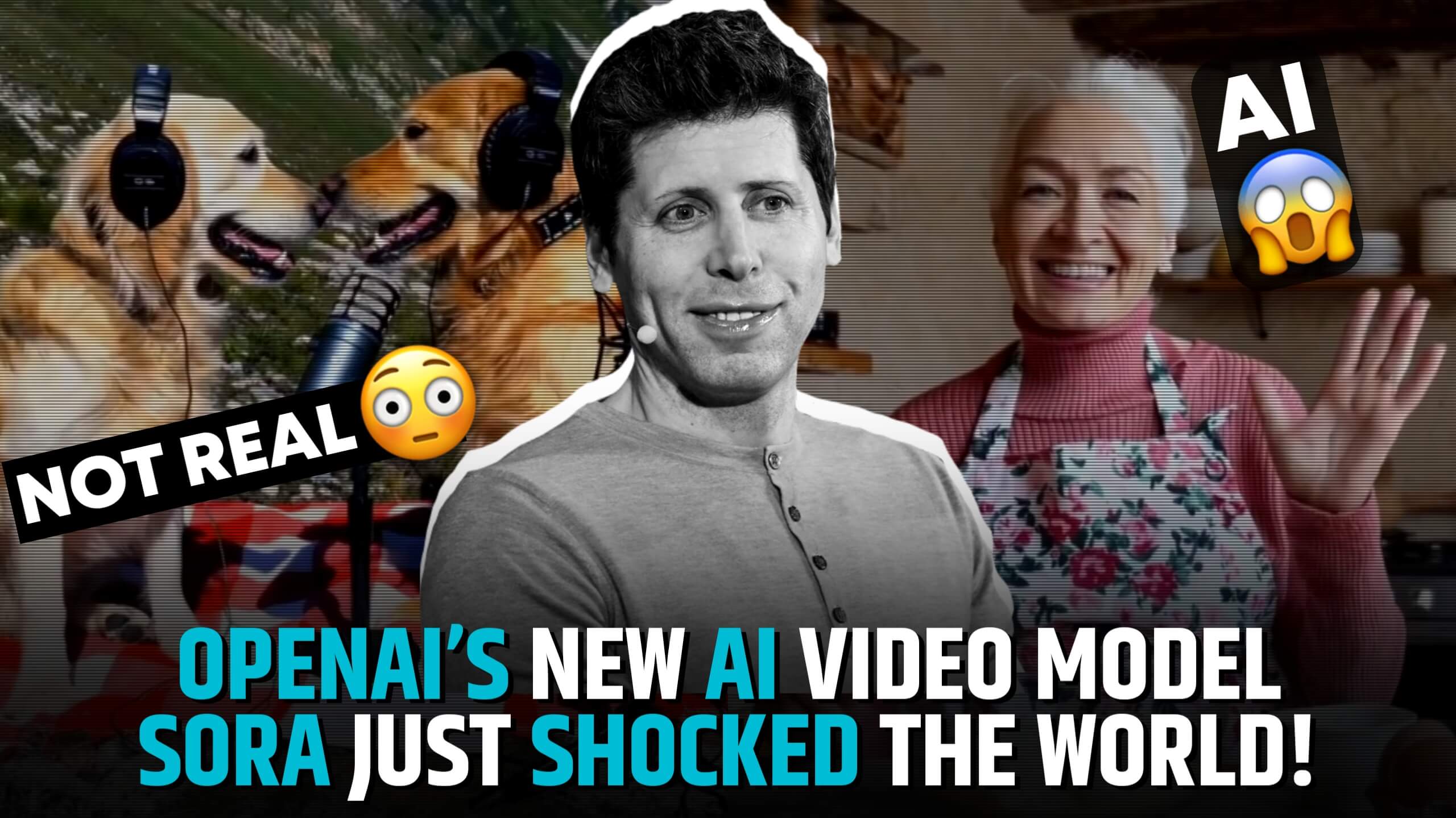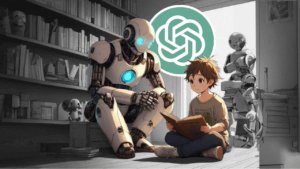OpenAI just shocked the world with it’s latest development Sora, a groundbreaking text-to-video model capable of generating stunningly realistic scenes based on user prompts. This marks a significant leap in the field of artificial intelligence, pushing the boundaries of creative expression and sparking both excitement and trepidation.
Simply by feeding Sora a text description, users can generate videos up to 60 seconds long. These creations boast intricate details, dynamic camera movements, and even characters exhibiting a range of emotions. Imagine conjuring a bustling cityscape at dusk, a majestic underwater ballet, or an astronaut exploring a distant nebula – all through the power of language.
we’d like to show you what sora can do, please reply with captions for videos you’d like to see and we’ll start making some!
— Sam Altman (@sama) February 15, 2024
OpenAI CEO, Sam Altman, asked users on X to suggest video captions for Sora. A lot of users suggested their creative and imaginative prompts, He then showcased some user-inspired creations, demonstrate its capabilities.
As an example, Sam Altman shared a video created by Sora based on the prompt “Two golden retrievers podcasting on top of a mountain,” suggested by a user:
https://t.co/uCuhUPv51N pic.twitter.com/nej4TIwgaP
— Sam Altman (@sama) February 15, 2024
Additionally, popular YouTuber MrBeast participated by proposing the caption “A monkey playing chess in a park.” Sam Altman subsequently shared the video generated by Sora based on this suggestion:
— Sam Altman (@sama) February 15, 2024
Pushing the Boundaries of Realism: What truly sets Sora apart is its commitment to photorealism. The generated videos are often indistinguishable from actual recordings, blurring the lines between human-made and AI-powered content. This has ignited discussions about the potential impact on various industries, from filmmaking and entertainment to education and even journalism.
Also Read OpenAI’s 2024 Roadmap: CEO Sam Altman Shares Top Priorities
Beyond Entertainment: While the ability to create visually captivating content is undoubtedly impressive, Sora’s potential extends far beyond mere entertainment. Imagine architects bringing their designs to life with detailed simulations, scientists visualizing complex data in readily understandable formats, or educators crafting immersive learning experiences tailored to individual students.
Ethical Considerations: However, as with any powerful technology, ethical concerns and potential misuse cannot be ignored. The ability to generate highly realistic video raises questions about misinformation, deepfakes, and the manipulation of public perception. OpenAI has acknowledged these concerns, emphasizing the importance of responsible development and deployment of this technology.
Looking Ahead: With Sora still in its early stages, its potential remains vast and its future implications uncertain. One thing is clear: OpenAI’s innovative model has opened a new chapter in AI-powered creativity, prompting us to consider the exciting possibilities and potential challenges that lie ahead. As we navigate this evolving landscape, responsible development and open discourse will be crucial in ensuring that AI tools like Sora are used for good.
Additional Points:
- OpenAI has stated that Sora is currently not publicly available, but limited access is being granted to researchers and creative professionals for feedback and exploration.
- The development of Sora builds upon OpenAI’s previous work in image generation, language processing, and reinforcement learning.
- The model’s capabilities raise questions about copyright and ownership of AI-generated content.




